Painting Italian Vehicle Continentale Camouflage

By Kreighton Long
As I work on improving my Bolt Action Italian army I found myself needing a little extra firepower and maneuverability by utilizing the Armored Car slot. After looking through the options for the Italians I settled on an Autoblinda AB 41 and was lucky enough to stumble across one at a brick and mortar store I visit whenever possible. While looking into different paint schemes for my new speedy-pew-pew I was inspired by photos of Italian armor painted in a three tone paint scheme with a base of tan with blotches of green and brown known as Continentale.
The Continentale paint scheme was used on a few Italian vehicles predominantly in Italy as the Allies pushed the fighting from Africa to the Italian peninsula. Gaps between the brown and green where the undercoat showed through created a unique looking vehicle camouflage pattern that I decided to reproduce. After some trial and error I found a process that allowed me to reproduce the paint scheme I wanted in the least painful way possible.


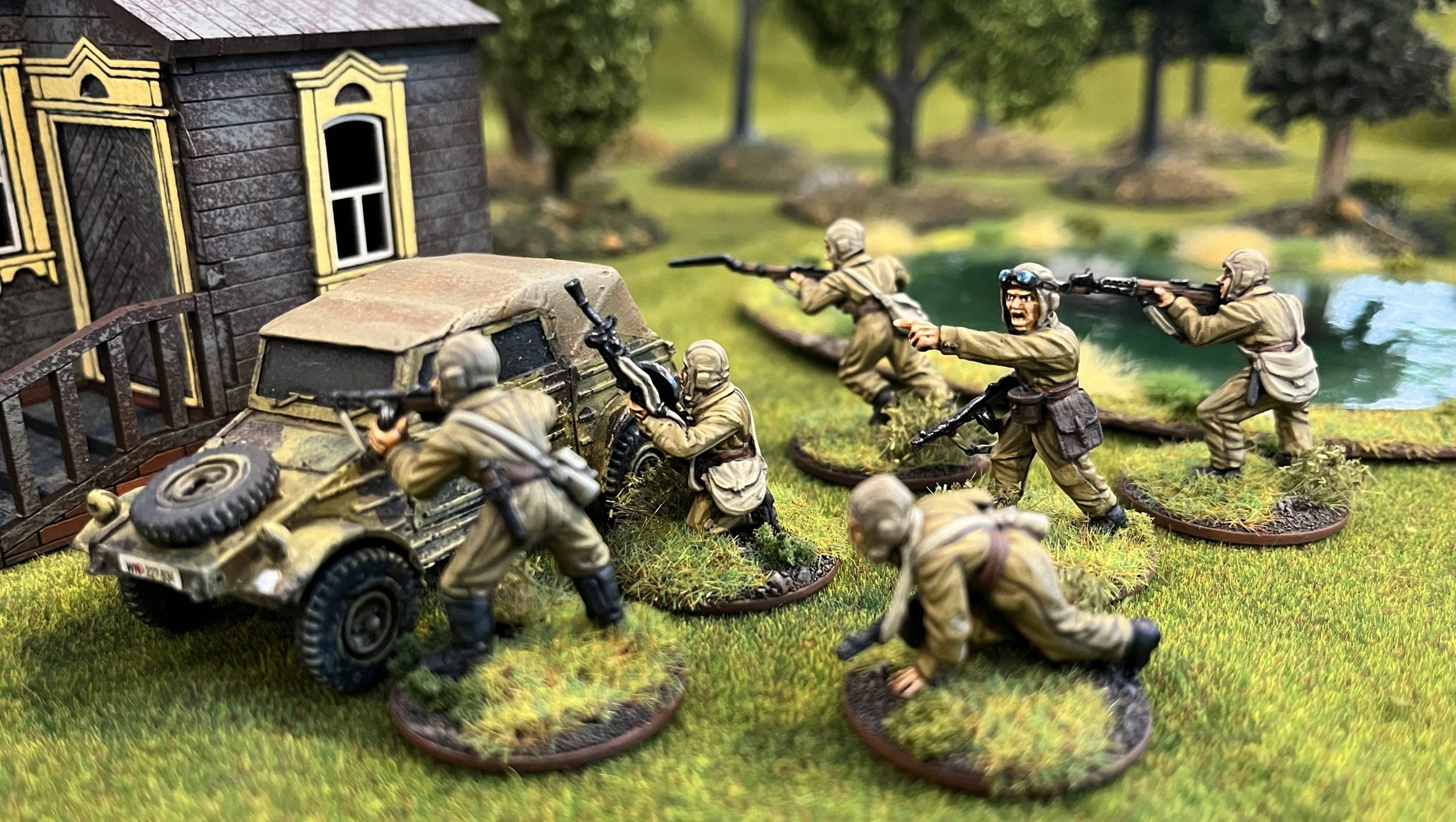
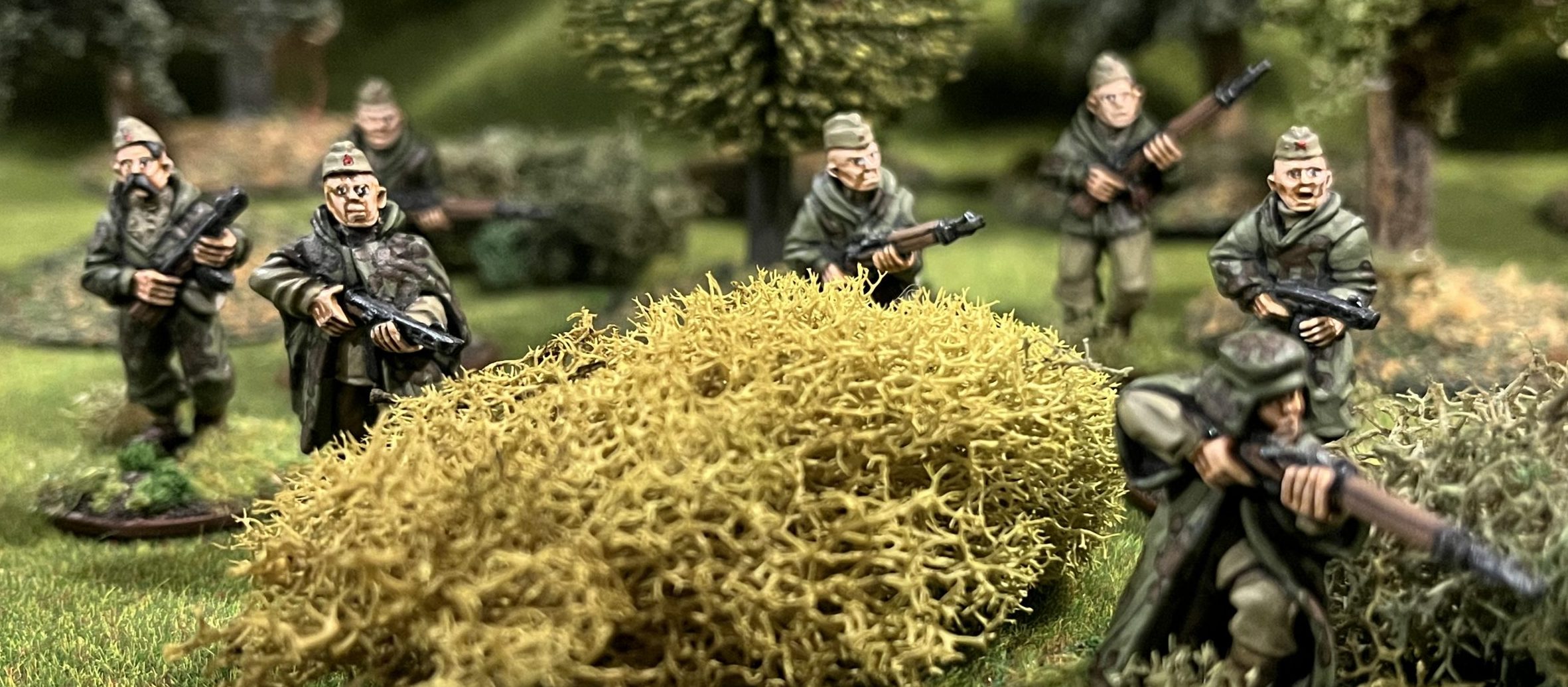
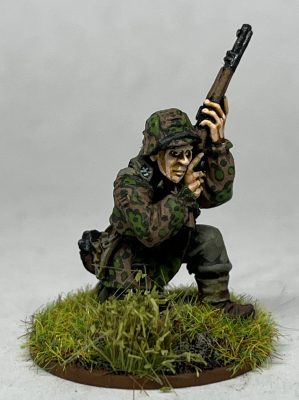

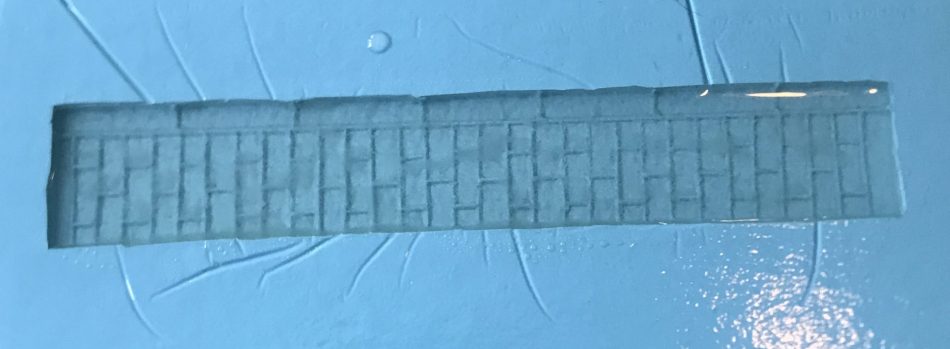
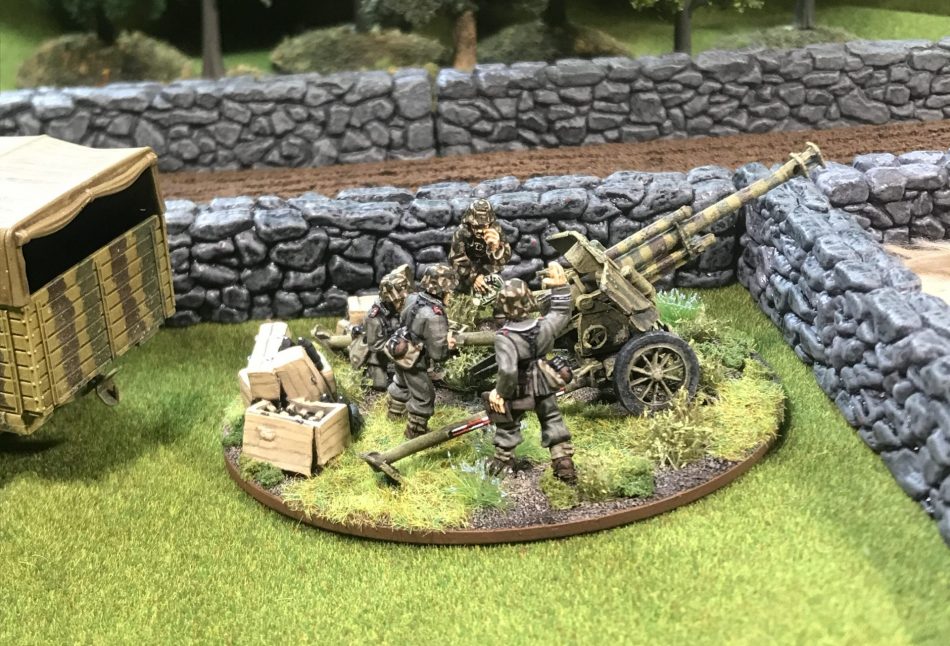 By Kreighton Long
By Kreighton Long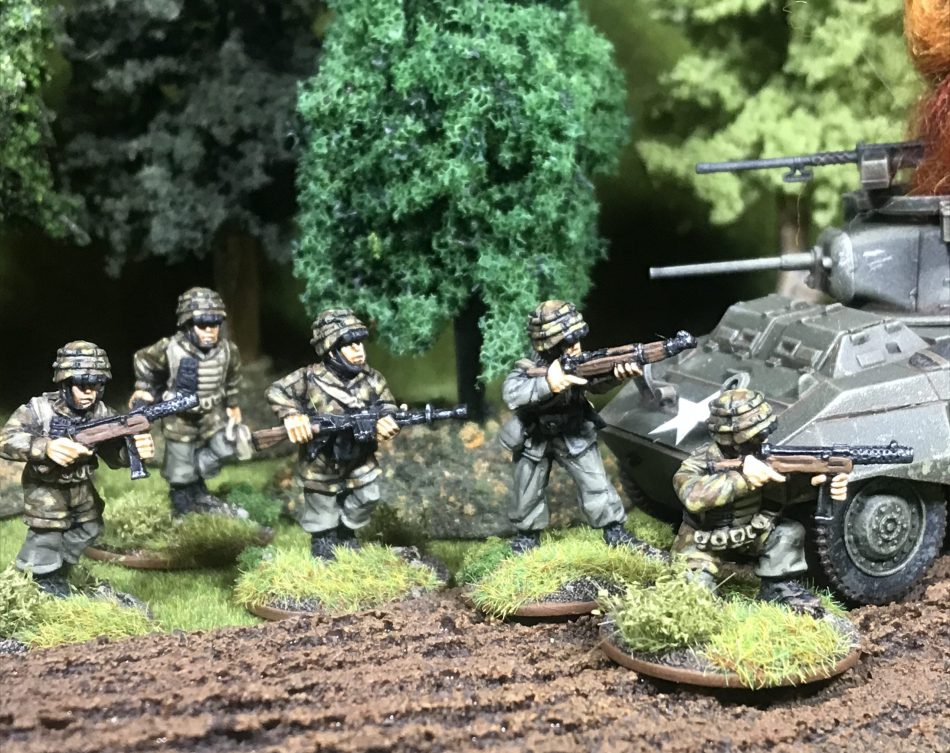
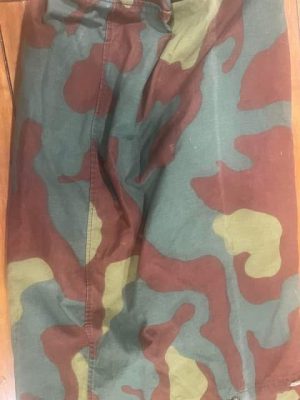
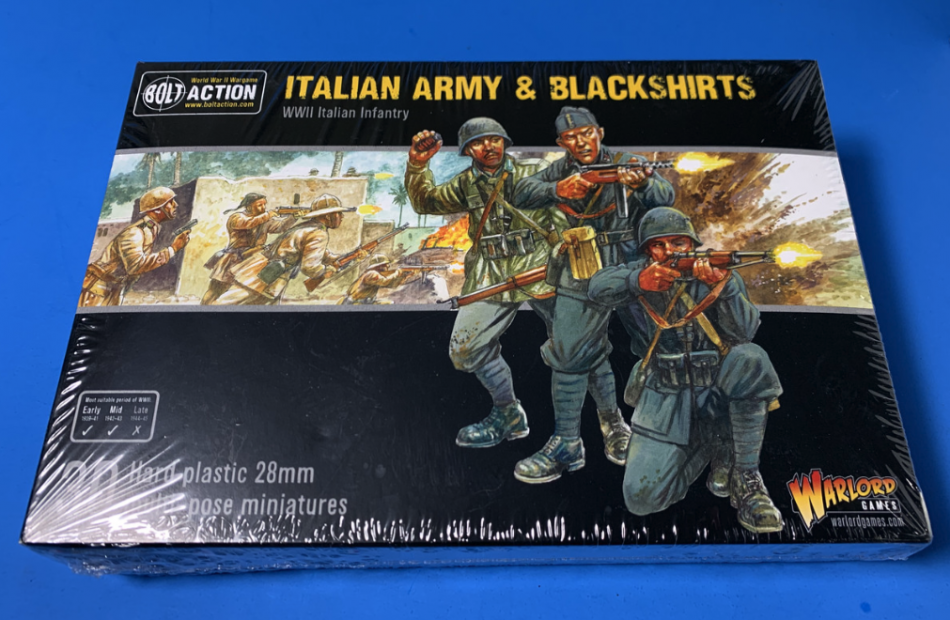 By Kreighton Long
By Kreighton Long